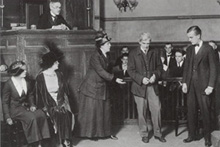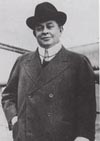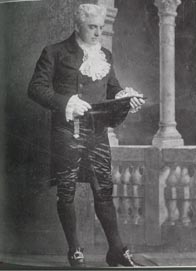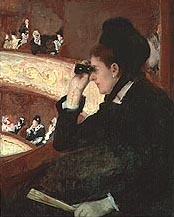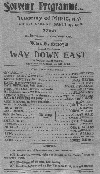With the arrival of the Combination companies and the power of the Syndicate, the content of what appeared on the stage changed. As theatre historian Mary C. Henderson stated, "Light romantic comedies and frothy musical comedies, overproduced spectacles and modern melodramas, chic revues and star vehicles, all considered safe fare, overwhelmed the small number of classical revivals and serious message plays." With the rise of the star, audiences were drawn to the theatre by the personality not by the play. Additionally, The Syndicate was not looking to take risks; they knew what kind of productions worked and they helped to mass produce them.
A rise against the lowered standards and repetitiveness of shows
began to be fought in 1919 with the organization of the Theatre Guild.
The Guild's intention was to escape the business of the theatre and
return to the art. They would later produce works by Eugene O'Neill,
who was coming into his own with the staging of his first full length
play, Beyond the Horizon, shortly after the Guild's inception.
The times were changing. The following year O'Neill's The Emperor
Jones would be staged with a male dramatic lead who was black,
Paul Robeson. Although extremely controversion, it showed a change in
the theatre. Audiences were less interested in productions of melodramas
like The Count of Monte Cristo in which James O'Neill, Eugene's
father, had starred. The stage was turning from romance to realism.
The theatre of father was being replaced by that of the son.
|
